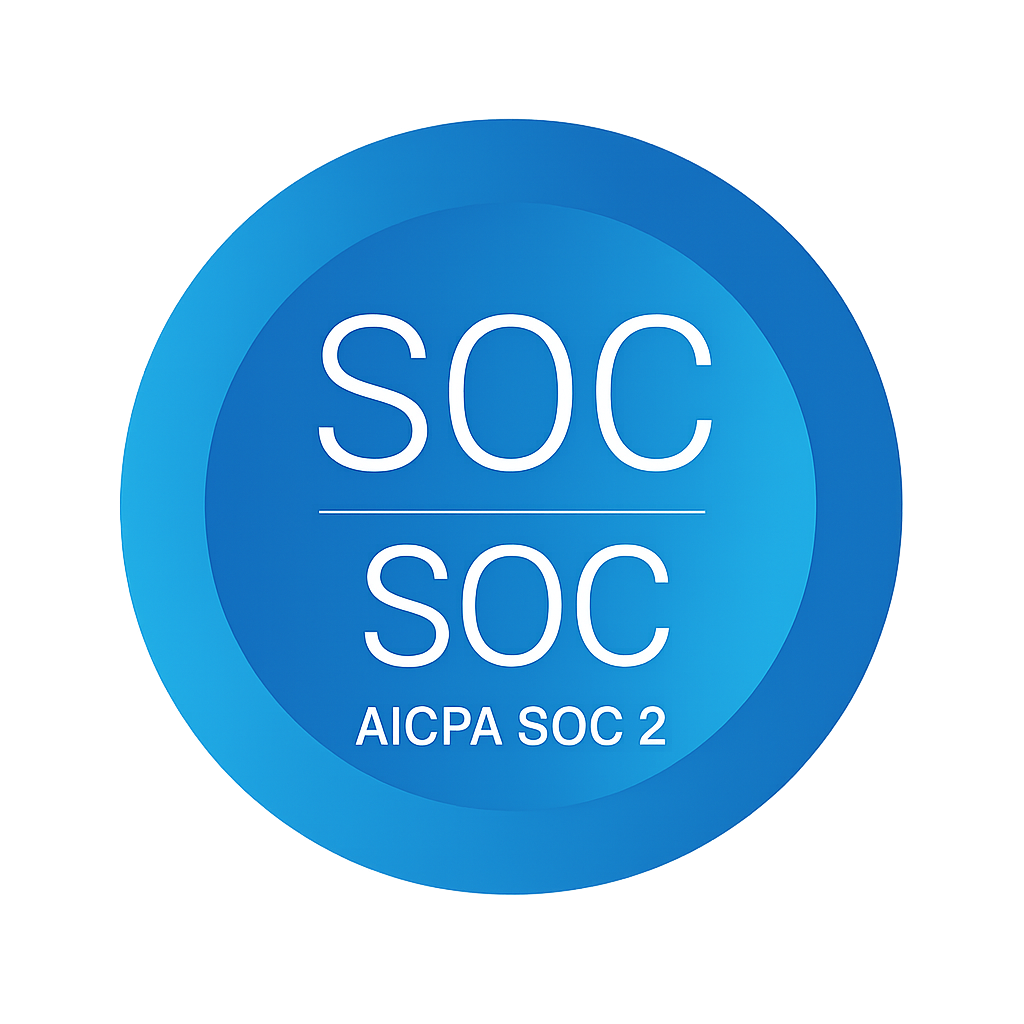Introduction
In the exhilarating yet challenging world of startups, a brilliant idea is just the first step. Transforming that idea into a successful digital product requires careful planning, strategic execution, and a focus on learning and iteration. This is where the concept of a Minimum Viable Product (MVP) comes into play.
An MVP is a functional version of your product with just enough features to validate your core idea and gather valuable user feedback. It's essentially a test balloon you launch to gauge user interest and identify potential flaws before committing significant resources to full-scale development.
This blog serves as your step-by-step guide to navigating the journey from idea to MVP, equipping you with the knowledge and tools to build a product that resonates with your target audience.
Building Your Minimum Viable Product
Step-by-step guide to navigating the journey from idea to MVP
Step 1: Define Your Problem and Target Market
Before diving headfirst into development, it's crucial to understand the problem your product aims to solve. Conduct thorough market research to identify the specific pain points your target audience faces. Ask yourself:
- What problem does your product address? Be specific about the need your product fulfills.
- Who is your target market? Identify your ideal customer's demographics, interests, and online behavior.
- What existing solutions are there? Analyze the competitive landscape and identify gaps in the market.
By clearly defining the problem and target market, you'll be able to tailor your MVP to address their specific needs and stand out from the competition.
Step 2: Prioritize Core Features for Your MVP
An MVP should not be a feature-heavy behemoth. Instead, prioritize the essential functionalities that validate your core value proposition. Consider the following:
- Value proposition: What unique benefit does your product offer?
- Minimum Viable Functionality (MVF): What are the bare minimum features needed for users to experience and understand the value?
- Prioritization Matrix: Utilize tools like a Kano Model or MoSCoW prioritization to categorize features based on user needs and development effort.
Remember, an MVP is not a final product. Focus on the core features that demonstrably address your target market's problem and provide a clear indication of user interest.
Step 3: Design with User Experience (UX) in Mind
A well-designed user experience is crucial for attracting and retaining users. Invest time in creating a user interface (UI) that is intuitive, visually appealing, and easy to navigate. Consider the following:
- User flows: Map out the key user journeys to ensure a seamless experience.
- Wireframing and prototyping: Develop low-fidelity prototypes to test core functionalities with a small group of users.
- Usability testing: Gather feedback on the prototype's usability and iterate based on user insights.
By prioritizing user experience, you'll ensure that your MVP is not only functional but also engaging and enjoyable to use.
Step 4: Develop and Launch Your MVP - Focus on Speed and Iteration
There's a common misconception that MVP development requires advanced coding skills. Today, numerous low-code and no-code development platforms facilitate rapid MVP creation without extensive programming expertise.
The key here is to prioritize speed and agility. Choose the most appropriate development approach based on your technical resources and time constraints. Remember, the goal is to get your product in front of users quickly, gather valuable data, and iterate based on their feedback.
Step 5: Measure, Learn, and Iterate
Launching your MVP is not the end of the journey, but rather the beginning of a continuous learning process. Here's how to measure the success of your MVP and identify areas for improvement:
- Analytics and User Feedback: Utilize built-in analytics tools and conduct user interviews to gather data on user behavior and feedback.
- Key Performance Indicators (KPIs): Define specific metrics that align with your value proposition. This could be user engagement, conversion rates, or feature adoption.
- A/B Testing: Test different versions of features to identify what resonates best with your users.
Analyze the data gathered from your MVP launch and user feedback to understand if your product aligns with user needs. Use this data to refine your product roadmap, prioritize features, and iterate towards a product that truly solves a problem for your target audience.
Beyond the Technical: The Importance of Business Considerations
While the technical aspects of building an MVP are crucial, don't neglect the business side of the equation. Here are some additional considerations:
- Market Validation: Is there a market for your product? How large is the potential user base?
- Competitive Landscape: Who are your competitors? What are their strengths and weaknesses?
- Monetization Strategy: How will you generate revenue from your product?
- Marketing Plan: How will you reach your target audience and generate awareness?
By taking these business factors into account, you can ensure your MVP isn't just technically sound but also commercially viable.
Conclusion: From Idea to Validation and Beyond
The MVP journey marks a critical step for startups in the digital product development landscape. By prioritizing the core value proposition, building iteratively, and leveraging user feedback, you can transform your initial idea into a product with a strong foundation for success. Remember, the journey doesn't end with the MVP. It's the springboard for continuous improvement, leading you closer to a product that truly resonates with your target audience.



















.png)

.png)








